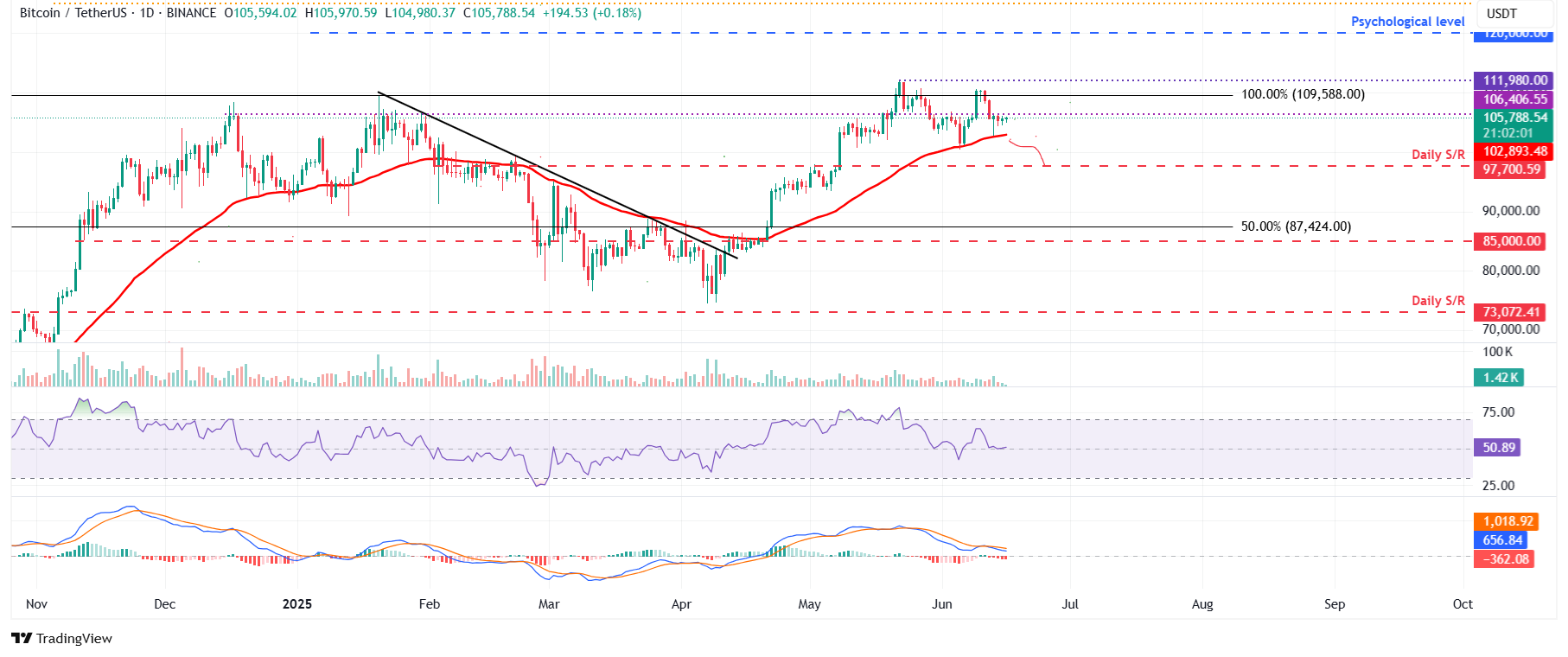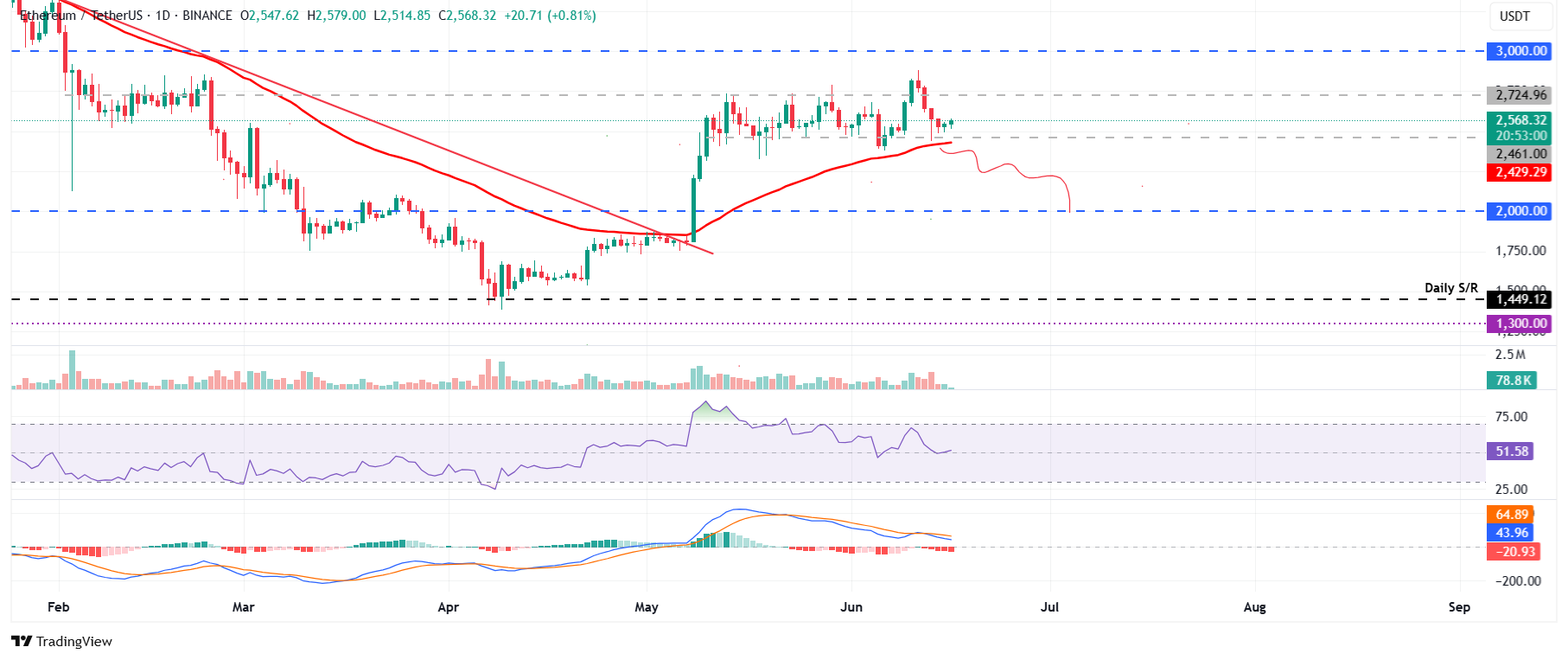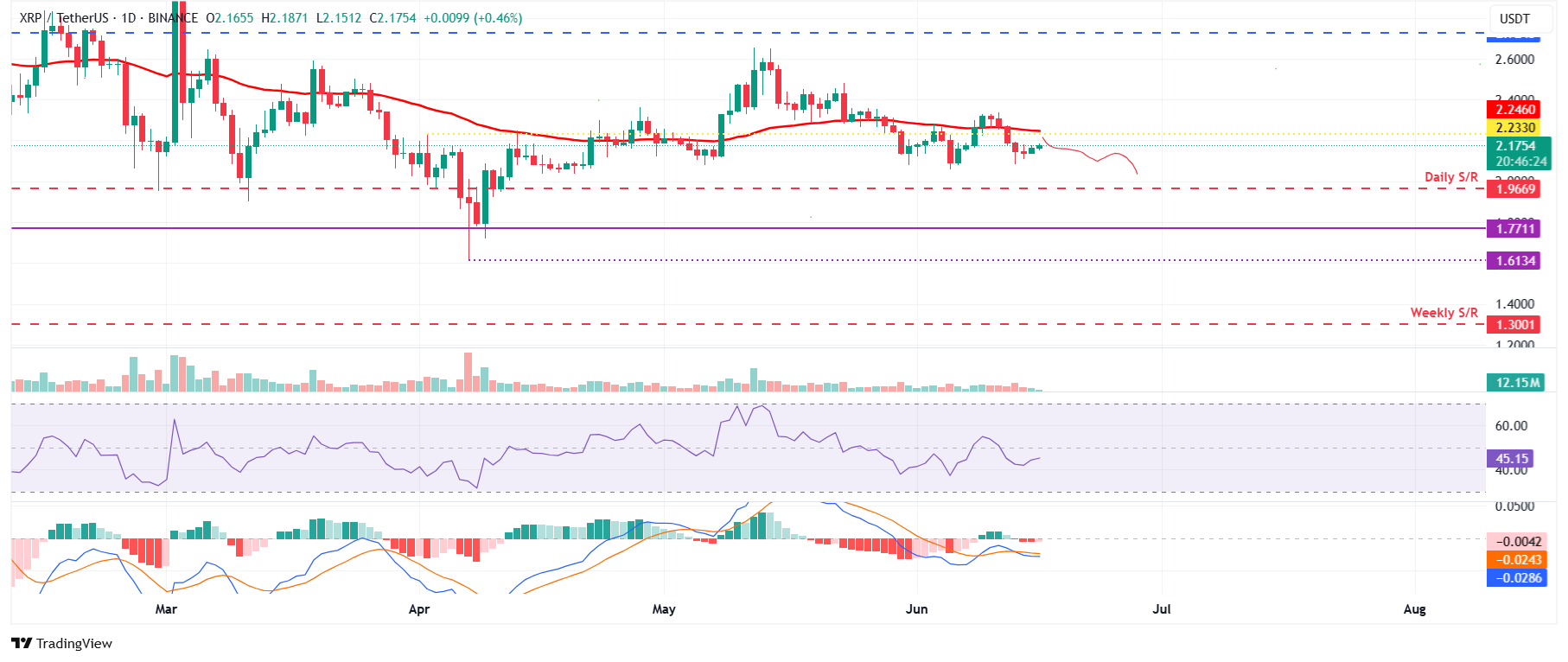Bitcoin, Ethereum, Ripple at Make-or-Break Levels: Can BTC, ETH, and XRP Defend Critical Support?
Crypto markets hold their breath as the big three flirt with danger zones.
Do-or-die moment for digital gold
Bitcoin''s price action looks like a tightrope walker crossing Niagara Falls—one slip away from disaster. The $60K support level isn''t just technical, it''s psychological. Break here, and even the diamond hands might sweat.
Ethereum''s smart contract standoff
ETH bulls are playing chicken with the 200-day moving average. Market makers love this game—they''ll either rug pull traders or squeeze shorts into oblivion. Your guess is as good as any ''analyst'' on Crypto Twitter.
XRP''s regulatory purgatory pays off?
Ripple''s legal limbo might finally be working in its favor. While other alts crash on SEC rumors, XRP traders shrug—they''ve already priced in the apocalypse. Nothing like a years-long lawsuit to build resilience.
As always in crypto, the ''critical support'' could be tomorrow''s resistance. And if these levels break? Cue the usual suspects: ''Buy the dip!'' tweets, exchange ''technical issues,'' and another round of ''this time it''s different'' hopium. Wall Street''s quants are probably shorting volatility while drinking your exit liquidity.
Bitcoin could decline if it closes below its 50-day EMA
Bitcoin price closed below its daily support level of $106,406 on Thursday and rebounded after retesting its 50-day Exponential Moving Average (EMA) at $102,893 the following day. BTC stabilized around the $105,000 level during the weekend. At the time of writing on Monday, it continues to consolidate, trading at around $105,788.
If BTC fails to close above the $106,406 resistance level and declines, it could extend the decline to retest its key, psychologically important level at $100,000.
The Relative Strength Index (RSI) on the daily chart is hovering around its neutral level of 50, indicating indecisiveness among traders. The Moving Average Convergence Divergence (MACD) indicator on the daily chart displayed a bearish crossover, signaling a sell and indicating a downward trend.

BTC/USDT daily chart
However, if BTC recovers, it could extend the recovery to retest its daily level of $106,406.
Ethereum could face a downleg if it closes below its 50-day EMA
Ethereum price failed to find support around the upper consolidation level of $2,724 on Thursday and declined by 8.69% until Saturday. However, ETH hovered above its lower consolidation boundary of $2,461 the next day. At the time of writing on Monday, it continues to hover above this level.
If ETH faces a correction and closed below its 50-day EMA at $2,429, it could extend the decline to retest its next support level at $2,000.
The RSI on the daily chart is hovering around its neutral level of 50, indicating indecisiveness among traders. The MACD indicator on the daily chart displayed a bearish crossover, signaling a sell and indicating a downward trend.

ETH/USDT daily chart
On the other hand, if ETH finds support around its lower consolidation boundary at $2,461, it could extend the recovery to retest its upper consolidation boundary at $2,724.
XRP is poised for a downleg below its 50-day EMA
XRP price closed below its 50-day EMA level at $2.24 on Thursday and declined nearly 6% until Saturday. However, it recovered slightly by 1.22% the next day. At the time of writing on Monday, it is nearing its 50-day EMA at $2.24.
If XRP faces a rejection from its 50-day EMA, it could extend the decline to retest its next daily support level at $1.96.
The RSI on the daily chart reads 45, below its neutral level and points downward, indicating strong bearish momentum. Moreover, the MACD indicator on the daily chart displayed a bearish crossover, signaling a sell and indicating a downward trend.

XRP/USDT daily chart
Conversely, if XRP recovers, it could extend to retest its 50-day EMA at $2.25.
Bitcoin, altcoins, stablecoins FAQs
What is Bitcoin?
Bitcoin is the largest cryptocurrency by market capitalization, a virtual currency designed to serve as money. This form of payment cannot be controlled by any one person, group, or entity, which eliminates the need for third-party participation during financial transactions.
What are altcoins?
Altcoins are any cryptocurrency apart from Bitcoin, but some also regard Ethereum as a non-altcoin because it is from these two cryptocurrencies that forking happens. If this is true, then Litecoin is the first altcoin, forked from the Bitcoin protocol and, therefore, an “improved” version of it.
What are stablecoins?
Stablecoins are cryptocurrencies designed to have a stable price, with their value backed by a reserve of the asset it represents. To achieve this, the value of any one stablecoin is pegged to a commodity or financial instrument, such as the US Dollar (USD), with its supply regulated by an algorithm or demand. The main goal of stablecoins is to provide an on/off-ramp for investors willing to trade and invest in cryptocurrencies. Stablecoins also allow investors to store value since cryptocurrencies, in general, are subject to volatility.
What is Bitcoin Dominance?
Bitcoin dominance is the ratio of Bitcoin''s market capitalization to the total market capitalization of all cryptocurrencies combined. It provides a clear picture of Bitcoin’s interest among investors. A high BTC dominance typically happens before and during a bull run, in which investors resort to investing in relatively stable and high market capitalization cryptocurrency like Bitcoin. A drop in BTC dominance usually means that investors are moving their capital and/or profits to altcoins in a quest for higher returns, which usually triggers an explosion of altcoin rallies.

